Emergence of Innovative Manufacturing Techniques
The Biomedical Ceramic Market is witnessing a transformation due to the emergence of innovative manufacturing techniques. Techniques such as additive manufacturing and advanced sintering processes are enabling the production of complex geometries and customized implants that were previously unattainable. These advancements not only enhance the functionality of biomedical ceramics but also reduce production costs and time. The ability to create patient-specific solutions is particularly appealing in the orthopedic and dental sectors, where precision is paramount. As these manufacturing techniques continue to evolve, they are expected to play a pivotal role in shaping the future of the Biomedical Ceramic Market, driving both innovation and market expansion.
Growing Awareness of Biocompatibility and Safety
The Biomedical Ceramic Market is increasingly shaped by the growing awareness of biocompatibility and safety among healthcare professionals and patients. As the focus on patient-centered care intensifies, the demand for materials that minimize adverse reactions and promote healing is rising. Bioceramics, known for their non-toxic and bioactive properties, are becoming the preferred choice for various medical applications. This shift in preference is likely to drive market growth, as manufacturers prioritize the development of safer and more effective biomedical ceramic products. Additionally, regulatory bodies are emphasizing stringent safety standards, further propelling the demand for high-quality bioceramics in the Biomedical Ceramic Market.
Increased Investment in Healthcare Infrastructure
The Biomedical Ceramic Market is benefiting from increased investment in healthcare infrastructure across various regions. Governments and private entities are allocating substantial funds to enhance healthcare facilities, which includes the procurement of advanced medical devices and materials. This trend is particularly evident in emerging economies, where the establishment of new hospitals and clinics is on the rise. As a result, the demand for high-quality biomedical ceramics is expected to grow, as these materials are essential for the production of implants and surgical instruments. The market is likely to see a boost in revenue as healthcare providers seek to improve patient outcomes through the use of innovative biomedical ceramic solutions.
Technological Advancements in Biomedical Ceramics
The Biomedical Ceramic Market is experiencing a surge due to rapid technological advancements in material science. Innovations in bioceramics, such as bioactive glass and calcium phosphate ceramics, are enhancing the performance of implants and prosthetics. These materials exhibit excellent biocompatibility and osteoconductivity, which are crucial for successful integration with human tissue. The market is projected to grow at a compound annual growth rate (CAGR) of approximately 8% over the next five years, driven by the increasing demand for orthopedic and dental applications. Furthermore, the development of advanced manufacturing techniques, such as 3D printing, is enabling the production of customized implants tailored to individual patient needs, thereby expanding the scope of the Biomedical Ceramic Market.
Rising Demand for Orthopedic and Dental Applications
The Biomedical Ceramic Market is significantly influenced by the rising demand for orthopedic and dental applications. As the global population ages, the prevalence of orthopedic disorders and dental issues is increasing, leading to a higher need for effective treatment solutions. Bioceramics, such as alumina and zirconia, are widely used in joint replacements and dental implants due to their superior mechanical properties and aesthetic appeal. Market data indicates that the orthopedic segment alone is expected to account for over 40% of the total market share by 2026. This growing demand is prompting manufacturers to invest in research and development, thereby fostering innovation within the Biomedical Ceramic Market.


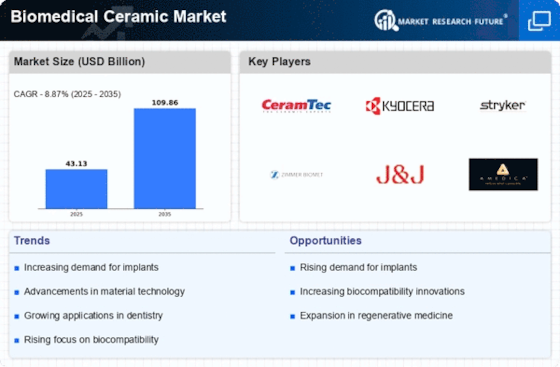
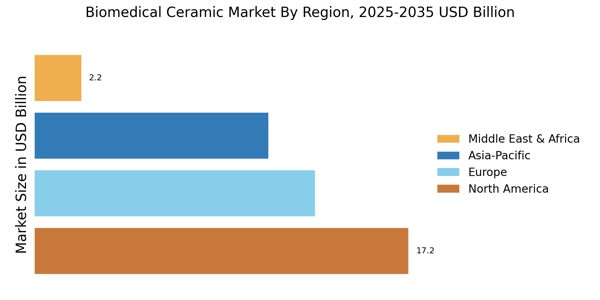
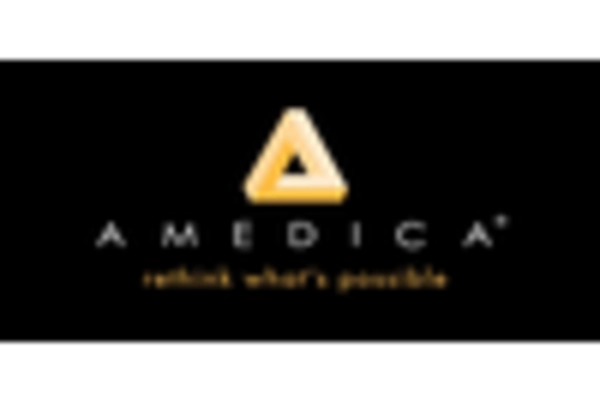
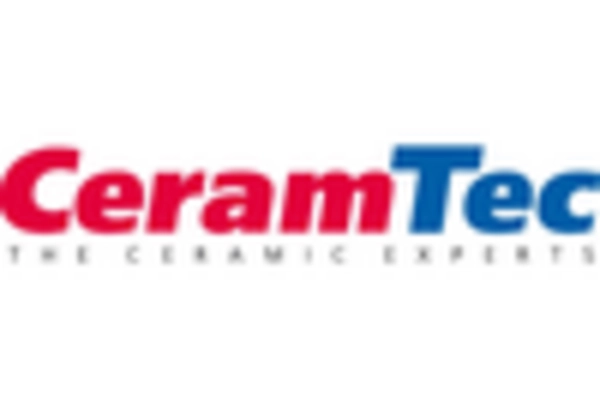
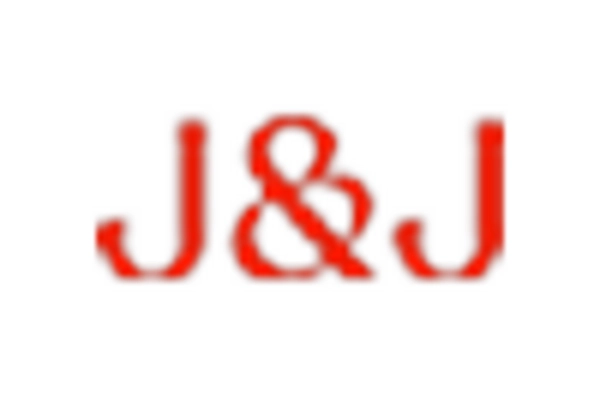
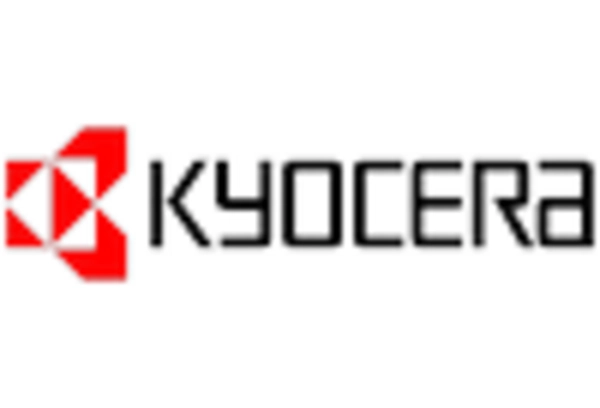
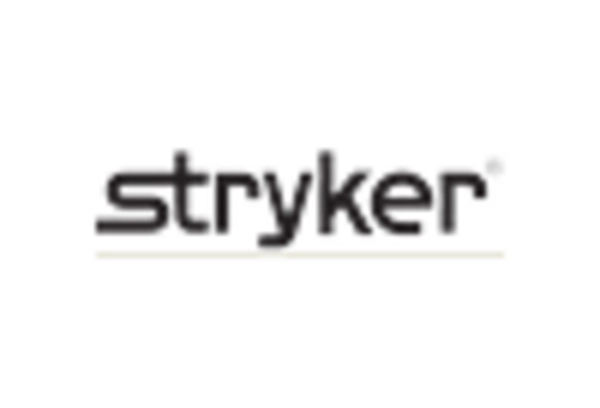
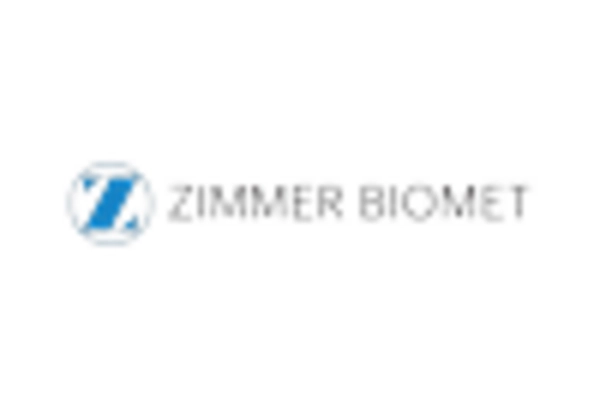








Leave a Comment